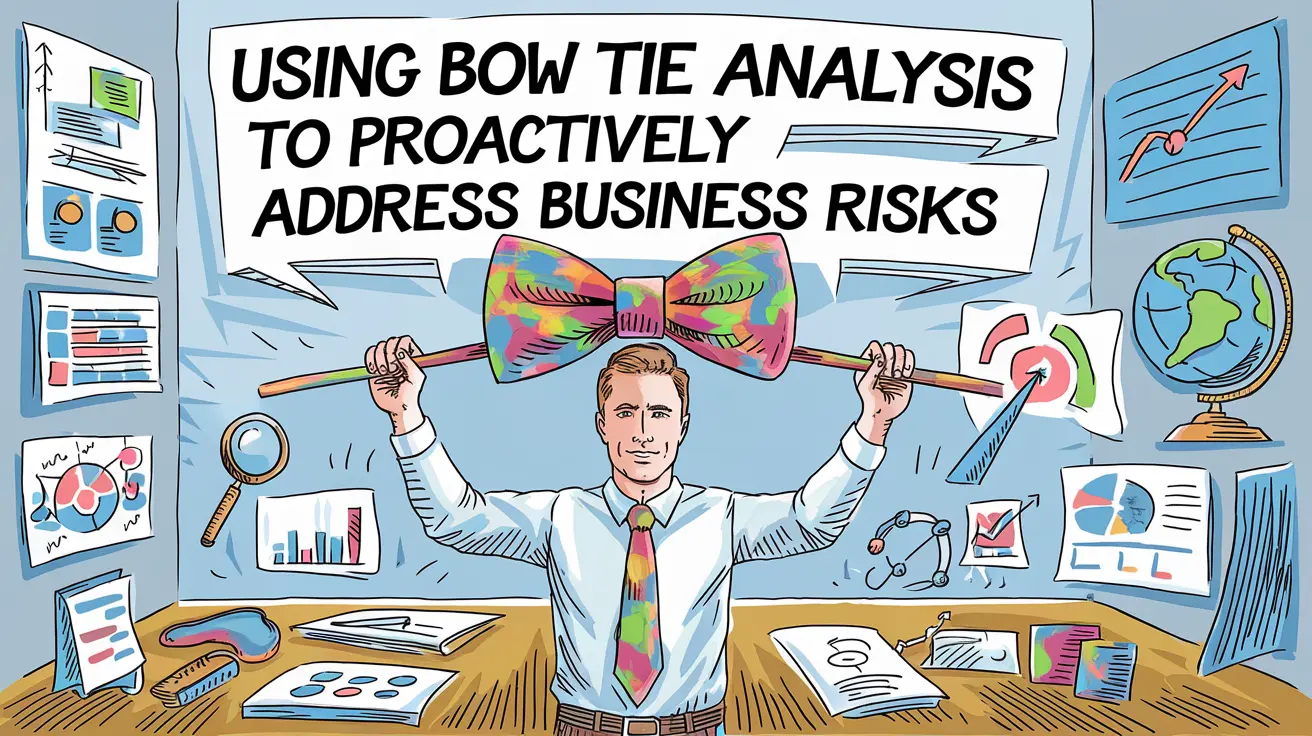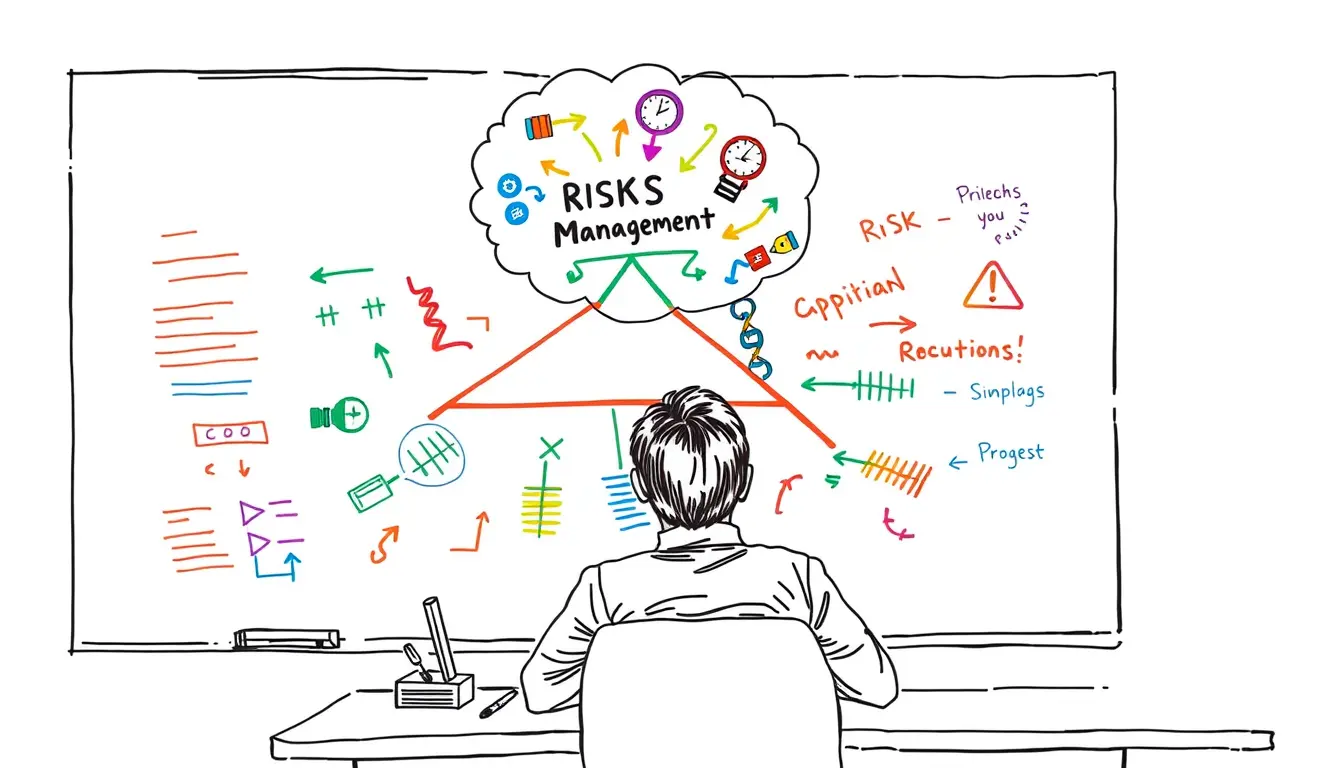Risk Identification

Using Bow Tie Analysis to Proactively Address Business Risks
“Discover the power of bow tie analysis to identify and mitigate potential business risks before they impact your bottom line. Read our latest blog now!”

Using Bow Tie Analysis to Manage Risks Visually
“Discover how to visually assess and manage risks with bow tie analysis, a powerful tool for businesses. Achieve greater control and peace of mind!”

Using Risk Breakdown Structures for Effective Risk Planning Sessions
“Master the art of risk planning with risk breakdown structures. Learn how to identify, assess and manage risks in an efficient and organized way #riskmanagement”
Search
Latest Posts
Latest Comments
Categories
Archives
- December 2025 (6)
- November 2025 (30)
- October 2025 (31)
- September 2025 (30)
- August 2025 (31)
- July 2025 (32)
- June 2025 (30)
- May 2025 (31)
- April 2025 (30)
- March 2025 (31)
- February 2025 (28)
- January 2025 (31)
- December 2024 (31)
- November 2024 (30)
- October 2024 (31)
- September 2024 (171)
- August 2024 (17)















